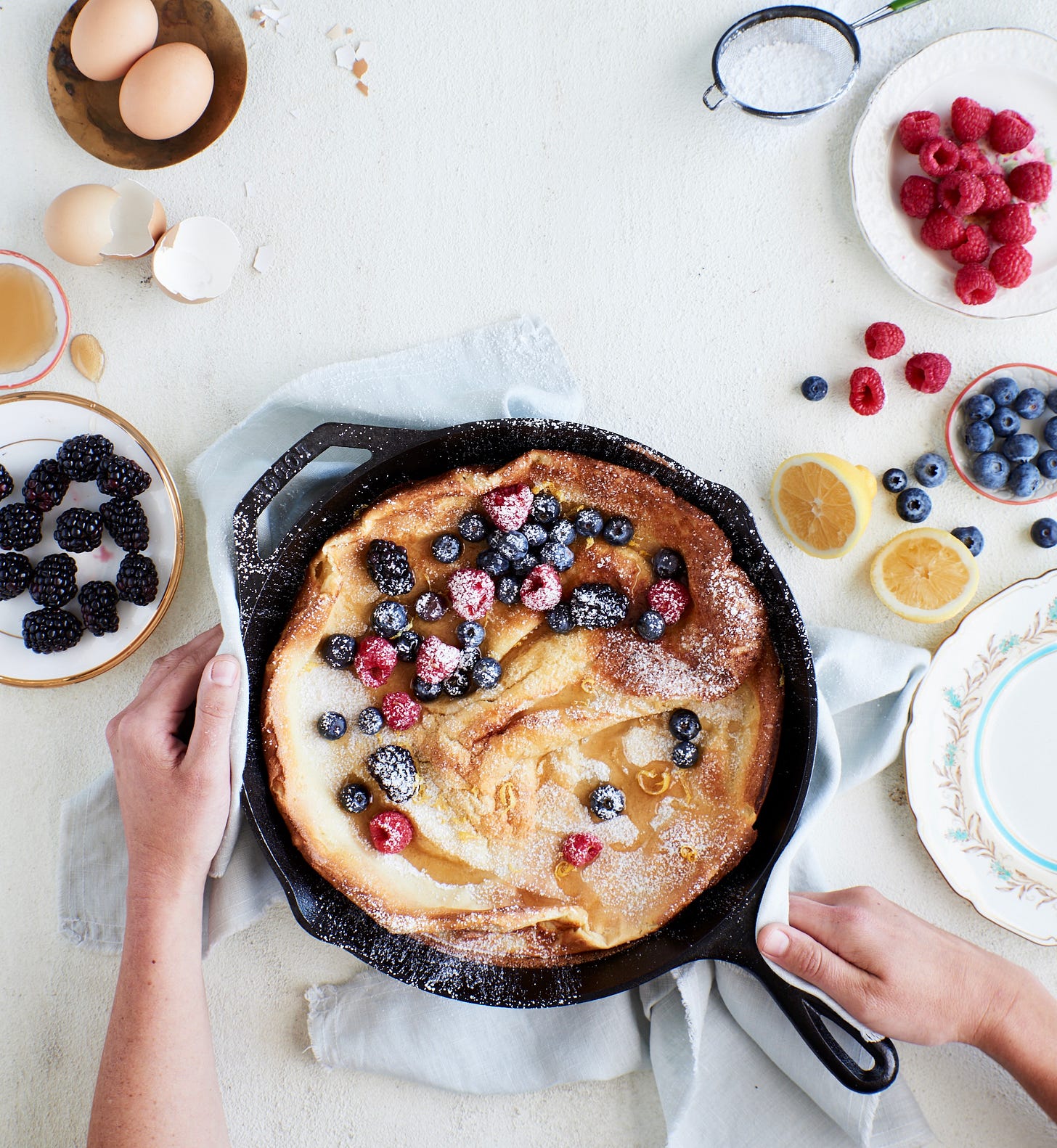As we watch the war unfold in Ukraine, the world is witnessing the strength of the Ukrainian people. At the end of my post today I share links to Ukrainian borscht recipes from my fellow Substack food writers. And I will be featuring a Ukrainian-inspired recipe here next Tuesday. Food connects us, and recipes tell our stories.
© 2025 Anne Byrn
Substack is the home for great culture




